Shipbuilding was an enormous industry on Manhattan’s east side, but as the population grew and the city expanded- the large properties they needed for their work began to disappear.
The first major shipyard stationed in Greenpoint was Webb and Bell, which was at the foot of Milton Street where it met the East River. One of the notable achievements of Webb and Bell was the construction of the caissons - large hollow boxes often filled with compressed air used to anchor bridges - of the Brooklyn Bridge.
Unfortunately though the work Webb and Bell did on the Brooklyn Bridge caissons was sound, little was understood about the dangers of decompression sickness, and many workers became ill from going from the pressurized environment of the caissons back to normal pressure too quickly. They called they associated illness “caisson disease,” now more commonly called “the bends” among divers. Washington Roebling, the primary builder of the bridge, became paralyzed from caisson disease, and his wife had to largely oversee the completion of the bridge. Nonetheless the Brooklyn bridge caissons were considered a major engineering achievement by Webb and Bell.
As the economy changed, Webb and Bell shifted their focus to the manufacturing of oil and paint in the 1870’s.

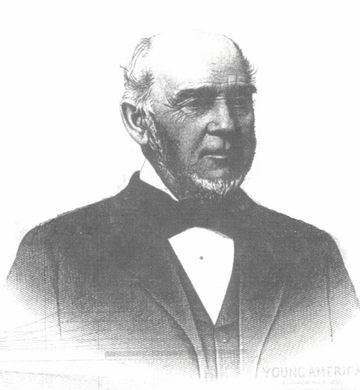





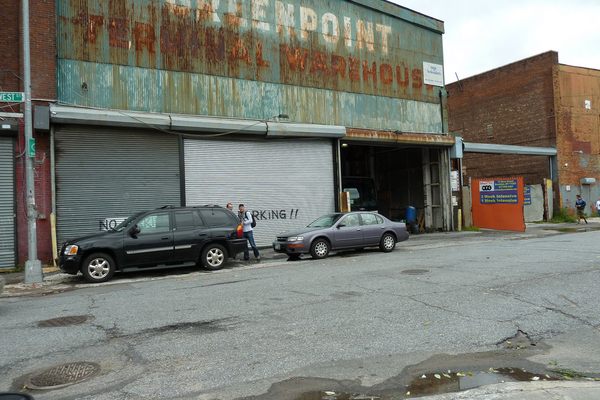

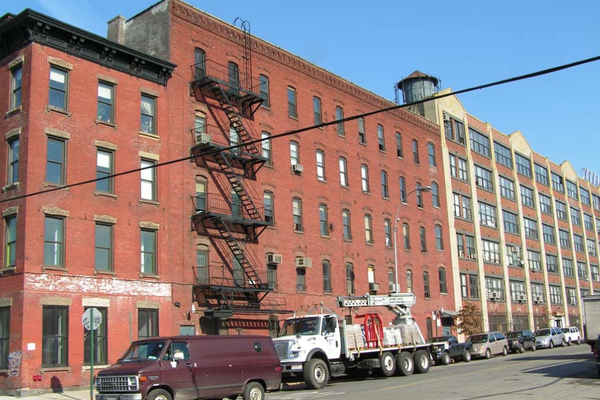
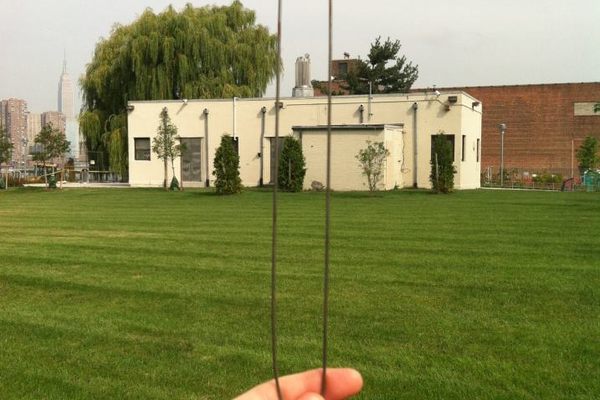

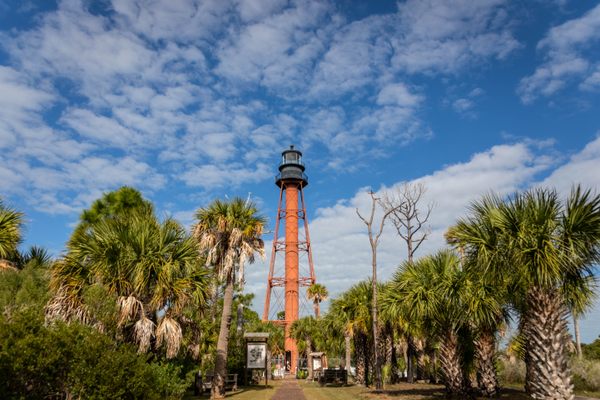
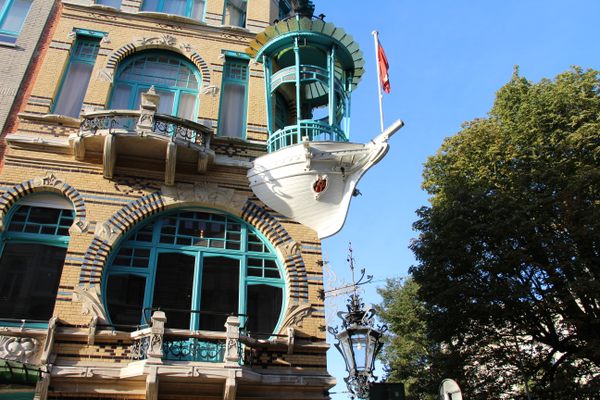


Follow us on Twitter to get the latest on the world's hidden wonders.
Like us on Facebook to get the latest on the world's hidden wonders.
Follow us on Twitter Like us on Facebook